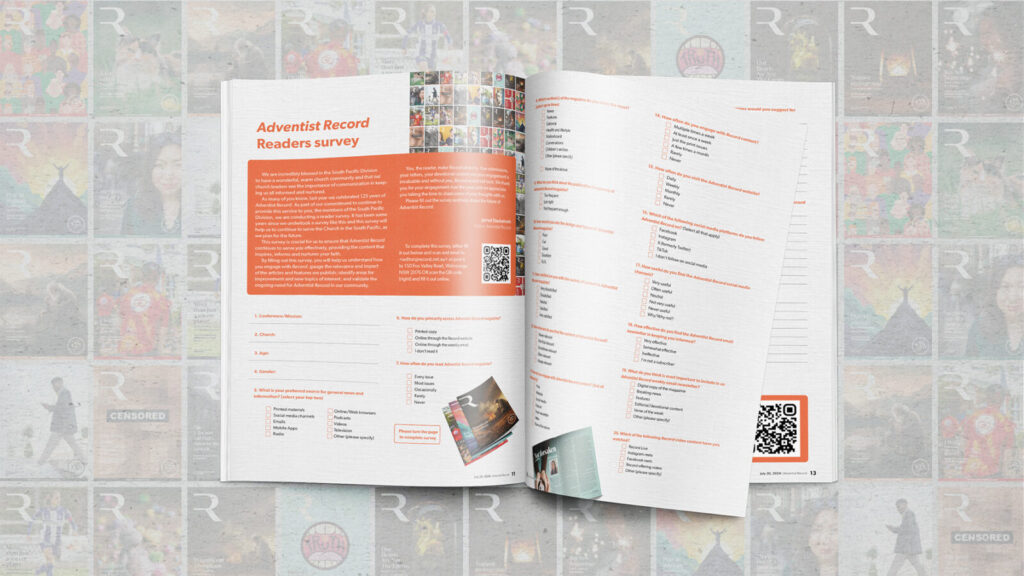An overwhelming number of students at Avondale continue to express satisfaction with the quality of their higher education experience, results from a national survey show.
Almost 90 per cent of the 1071 undergraduate students completing the 2016 Student Experience Survey said they were satisfied with the overall quality of their educational experience. While slightly fewer responded to questions about teacher quality and skills development, the levels of satisfaction were higher. Satisfaction with learner engagement, learning resources and student support (all between about 75 and 80 per cent) were marginally lower.
These ratings for Avondale were higher than the national average for all indicators except learning resources, which students rated only just lower.
This is the second year the survey has included responses from students at non-university higher education institutions such as Avondale. The students rated the overall quality of their educational experience the same as students at universities (80 per cent). Learner engagement is also on par but, as in the past, learning resources is lower. “I am not sure we can compete on the latter,” writes Vice-President (Quality and Strategy) Professor Jane Fernandez on a news forum as part of the Higher Education Private Provider Quality Network (HEPP-QN). “But our strengths have been in our teaching and support of students.”
The data from 2016 survey supports this, showing marginal leads by non-university higher education institutions in teaching quality (three percentage points), student support (four percentage points) and skills development (one percentage point). Fernandez ends her post with this: “Can we do better?” [pullquote]
The question is not only a challenge to those who attended HEPP-QN’s most recent biannual conference in Sydney in April, but also a call to collaborate further for the good of the sector. “Ratings are not the primary focus of quality,” says Fernandez. “They provide only some endorsement for the commitment to prove and improve. We should focus on quality conversations, on benchmarking and moderation exercises and on sector collaborations.”
What the data supports, she adds, “is the quality of the teaching and the learning at universities and non-university higher education institutions across Australia. We are glad to be part of that.”
About 178,000 students from all 40 Australian universities and a record 55 non-university higher education institutions participated in the survey, a response rate of 46 per cent (up from 38 per cent this past year). The response rate at Avondale—more than 54 per cent—is 10 percentage points up on this past year. And it is above the rate (about 46 per cent) at other non-university higher education institutions.
This is good news for Fernandez, who commissioned a campaign this past year to encourage more students to complete the survey. “Students are partners in quality assurance,” she says. “They help us prove and improve quality. The first duty-of-care in quality then is to listen to our students who remain our best critics.”
The Social Research Centre administered the Student Experience Survey on behalf of the Australian Government Department of Education and Training as part of the Quality Indicators for Learning and Teaching (QILT) initiative. The results are important because the QILT website allows users to compare up to six institutions in six different categories. This, says Fernandez, “gives students the edge in terms of choice and transparency.”






